Every Map Type In Civ 7, Explained
Sid Meier’s Civilization 7offers a mix of old and new gameplay features, including the types of maps it offers. There are a few older types of maps still available, though they have changed a bit since Civilization 6. Civ 7 also offers a few new maps for players to explore. Understanding the difference between the map types can be helpful before starting a game, because the game itself isn’t entirely clear what each one means. Knowing ahead of time can save hours of in-game exploration to discover the differences.
For now, Civilization 7 only has six different map options when starting a game. While this is less than the last game, it’s important to remember that Civ 6’s DLC expansion packs and general game updates added new map types to the game over time. Civ 7 may very well add some missing map types later on. Fewer map types may also be a result of Civ 7’s goal to streamline the game and make it less intimidating for new players. It’s possible the game’s developers see having fewer options before the game even starts to be more beginner-friendly.
6 Continents Is The Easiest Game Map For Beginners
Continents Just Has Two Large Continents
Continents is a map type that players likely remember from Civ 6, but it is slightly different in Civilization 7. Whereas previously there were several large land masses with a few smaller bits between them, Civilization 7’s version of Continents is strictly two large, contiguous land masses. The closest thing to islands on these maps are a few tiny ones hanging off the end of continents, and all are close enough that units can easily cross the water to them even during Civ 7’s Antiquity Age.
Because of the new way Civ 7’s different Ages work, players will only have access to one of the two continents at the start of the game. This is because the technology needed to cross the deep parts of the ocean is not available until the Exploration Age. Because Continents is one of the map styles with the largest land masses, it also allows players to see more of the world during the early parts of the game. Players who like to do a lot of early scouting might want to choose Continents.
Continents can also give players more room to work with, because more contiguous land means more space for creating settlements. This can make Continents a nice beginner map as players will have more breathing room in their starting area as they figure out the mechanics and strategy of Civ 7. That said, Continents can be a bit boring from an exploration standpoint, since there won’t be that much to find come the Exploration Age.
5 Continents Plus Adds Some Variety To The Basic Map
Continent Plus Is Two Large Land Masses With A Smattering Of Islands
Continents Plus is similar to Continents in that there are two main land masses to explore. However, this map also adds some islands and small land masses scattered in the oceans between the two main continents. A lot of the positives that can be said about Continents can also be said for Continents Plus. Although there are now additional smaller land masses, the two main continents are still very large and offer a good amount of space for getting started. Players also still don’t have to worry about the other continent or its inhabitants until the Exploration Age.
One advantage that Continents Plus has over Continents is the smaller land masses in the ocean give players more to explore. These can be strategic midpoints between continents for establishing trade routes or being able to deploy new units while trying to expand to another continent. Because some ships can be damaged when traveling through deep water, these small land masses act as a nice resting point between the two major continents for ships to stop and do repairs. In general, it can just be nice to have a map that is a little less predictable.
Players who are familiar with previous Civilization games, but still want a simpler map to start learning Civ 7 on, might see this as a better starting option than Continents. It isn’t as boring, but it also isn’t as limiting early on as some other map types can be. This could also be a good transitional map for a new player who wants some more variation in their second game but isn’t quite ready for a more segmented map like Archipelago or Fractal.
4 Archipelago Creates More Unique Continent Shapes
Archipelago Has More Segmented Continents With More Islands In Between
Archipelago is one of Civ 7’s more segmented map types. Instead of having two major continents, there are many continents of varying sizes. While the map is still segmented into eastern and western hemispheres by the oceans, the early-game exploration will still provide more challenge and excitement than one of the Continents maps. Small chains of islands exist between the larger land masses, making it possible to traverse between some of them earlier in the game using shallow waters. Players who enjoy sea travel and naval mechanics will likely enjoy this map.
Civ 7 games on an Archipelago map can be a little more challenging. There is a possibility of starting on one of the smaller land masses, meaning that expanding one’s borders will mean having to create settlements on several different islands. This can make settlements harder to defend than when they are all grouped on one land mass. This also means a game where some civilizations will have a bit of an advantage over others if their starting location makes it easier to set up early. While Civ 7 has tried to prevent snowballing, it’s still possible to get behind.
Archipelago will no doubt present a more exciting experience for players who enjoy exploration. The map varies much more than something like Continents or Continents Plus, meaning each new game will require some mapping out to get a lay of the land. Having to adapt to a different map layout each time can also be a fun challenge, since players can’t just rely on knowing the general shape of the continent they start on.
3 Fractal Is The Least Predictable Standard Map Type
Fractal Presents A Mixture Of Map Types That Are More Spread Out
Fractal is perhaps the most interesting of Civ 7’s standard map types, due to its variety in continent types. A fractal map is going to be a bit more spread out, with larger bodies of water separating most land masses than Archipelago maps. However, unlike Archipelago, Fractal maps can have large land masses akin to Continents or Continents Plus. This means starting locations for civilizations can be even more varied and unpredictable.
Fractal maps are an explorer’s dream,because players won’t know if the new continent they just landed on will take up half the world, or be a small island that can be traversed in a matter of turns. The borders of different civilizations will end up looking much more unique based on their different land styles and will create more novel strategies based on the different types of landscapes that each civilization started with. Adaptability will be key to playing this type of map, meaning it is to also be better suited for players with some experience.
2 Shuffle Chooses A Map At Random
Shuffle Assigns One Of The Game’s Other Map Types
Similar to the shuffle function on a music app, Shuffle will give players a random map type when they choose it. For example, the three subsequent Shuffle game maps shown above came out as two Continents Plus and an Archipelago. As getting two Continents Plus in a row would indicate, this is a truly randomized procedure, so it is possible that players could get the same style of map twice in a row while shuffling.
Shuffle can serve several helpful purposes in Civilization 7. For one, it can help better emulate the experience of an emerging civilization. While maps like Fractal or Archipelago also require exploration, there is still a general sense of what the overall world map somewhat looks like. In contrast, players on a Shuffle map have no idea at all what to expect from the world, making exploration even more important for learning the type of world they are operating in.
Multiplayer could also benefit from Shuffle maps. Not all players may like the same type of map, so Shuffle could be a good compromise. That way, even if one player gets the map type they are more skilled at playing, it was through random chance, so it won’t feel like an unfair advantage.
1 Terra Incognita Creates A Mysterious Continent
Terra Incognita Drops Players On A Standard Continent And Creates A Mystery One
Terra Incognita is sort of like a half-shuffle option. Players will start on a continent similar to one from Continents or Continents Plus, but the part of the world they can’t travel to will be one of the other land types. This allows for some of the randomness of Shuffle to be introduced, but also allows players to know they will at least have a relatively simple starting location.
Terra Incognita shares its name with a monthly challenge from Civ 6 but doesn’t seem to share the same mechanics. In Civ 6’s Terra Incognita, the starting continent was largely devoid of resources, creating an incentive to reach the hidden continent that had more to offer. Civilization 7’s Terra Incognita does not seem to put the same resource restrictions on a player’s starting continent, likely because the travel restrictions by Age make it impossible to focus solely on technology that would allow for the earliest sea travel, somewhat defeating the purpose of the original challenge.
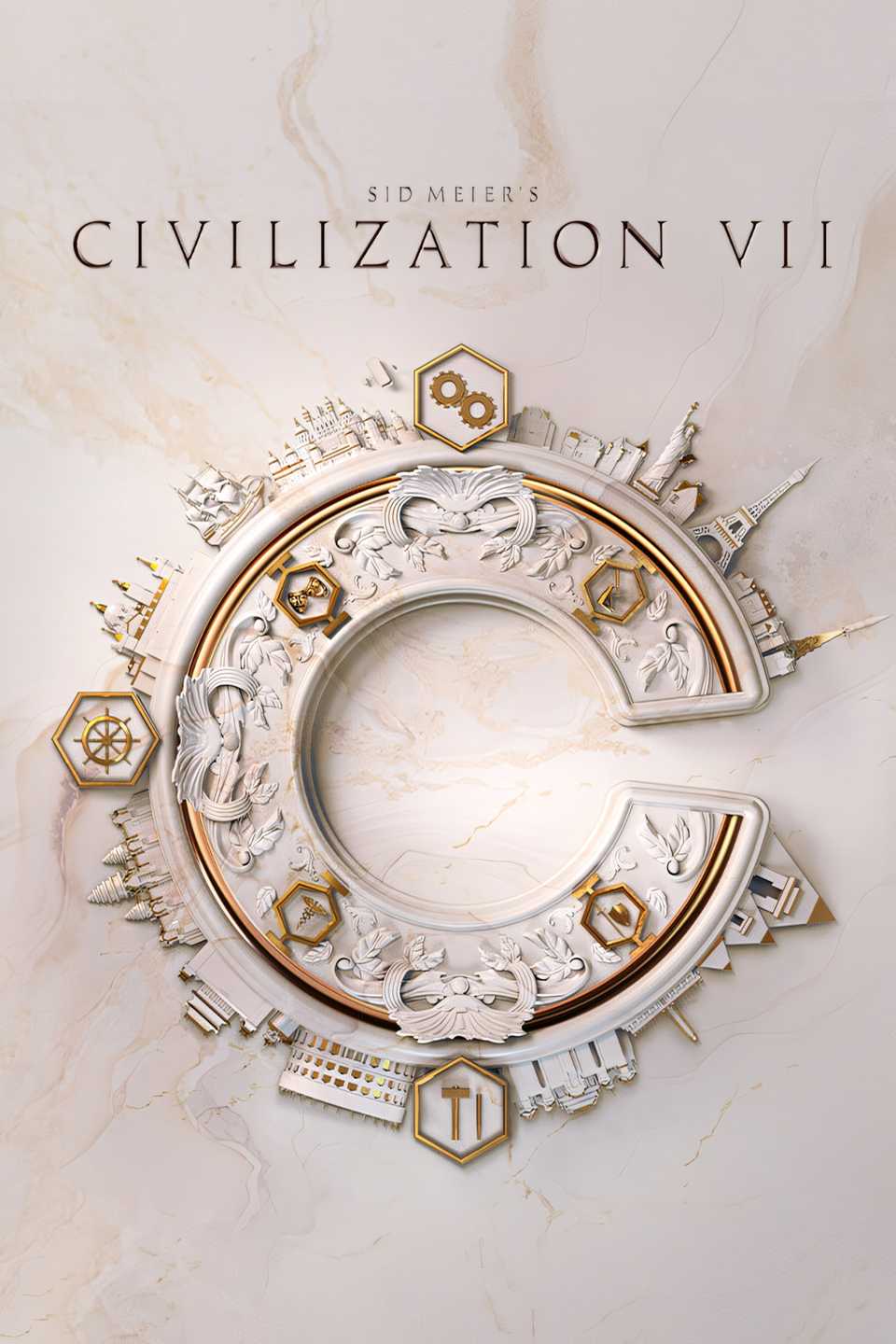

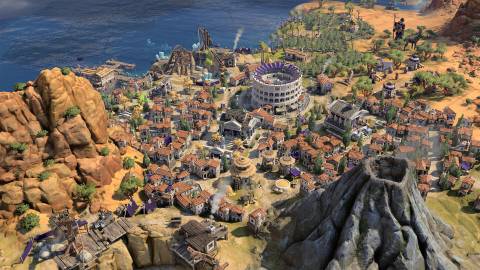
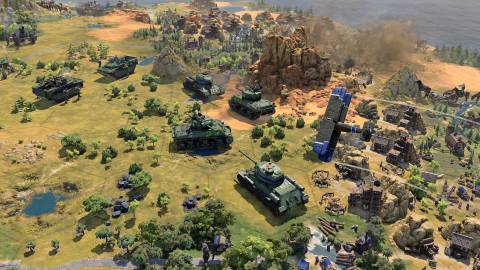
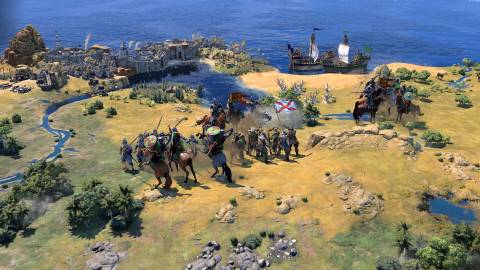
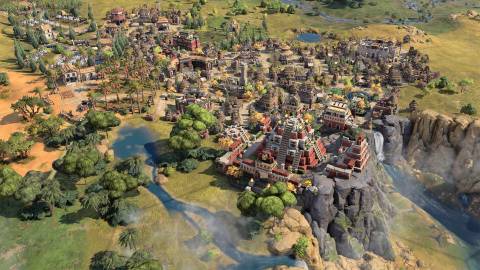

Sid Meier's Civilization VII
 OpenCritic Reviews
OpenCritic Reviews- Released
- February 11, 2025
- ESRB
- Everyone 10+ // Alcohol and Tobacco Reference, Mild Language, Mild Violence, Suggestive Themes
- Developer(s)
- Firaxis Games
- Publisher(s)
- 2K
- Engine
- Gamebryo Engine
- Multiplayer
- Online Multiplayer
- Franchise
- Sid Meier's Civilization
- Platform(s)
- PlayStation 5, PlayStation 4, Xbox Series X, Xbox Series S, Xbox One, Nintendo Switch 2, Nintendo Switch, PC

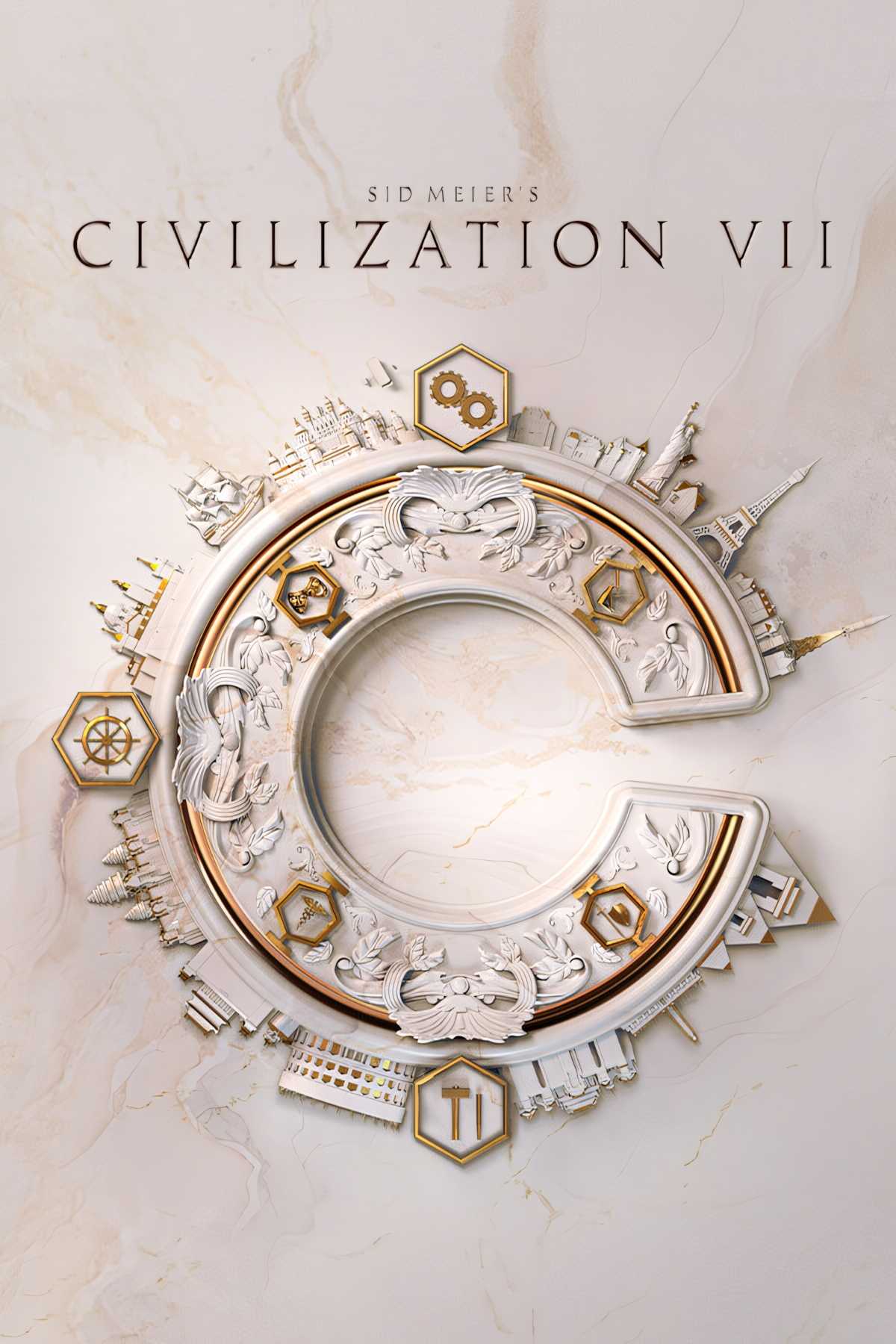






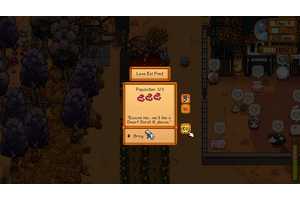
Your comment has not been saved